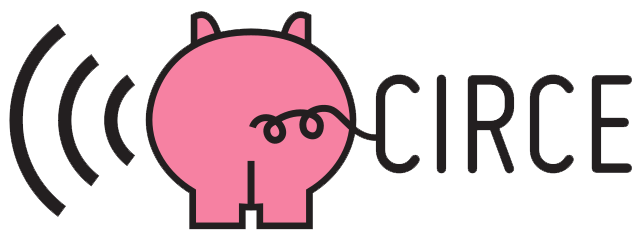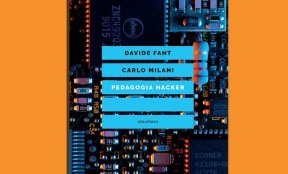Short Essay by Panayotis Antoniadis from Nethood.
Introduction
Internet access has become such a necessary utility for citizens to stay informed as active members of society that it has been recently consid-ered to be a “human right” by the UN—alas, a human right that is not granted to 60% of the world’s population (Sandle, 2016). A huge amount of investment is required to close this gap, and there are many different possible ways to “connect the world” Miller (2014), different approaches on what are required to provide “global Internet access for all” (Crowcroft, Wolisz, & Sathiaseelan, 2015). The key question is as follows: Should big corporations like Facebook or Google be allowed to offer connectivity in exchange for more power over the Internet itself, or should connectivity be considered a “commons” (Baig, Roca, Freitag, & Navarro, 2015), pro-vided by the people for the people? Facebook is a corporation dedicated, indeed, to “connect the world” and to “understand intelligence and make intelligent machines” (MacManus, 2016), which could even attempt to cure all diseases in our children’s lifetime” (Brink, 2016). It also aims to offer “free” Internet access, or at least to a small part of the Internet con-sidered “basic”, which of course includes Facebook, to disadvantaged areas and countries such as India (Bhatia, 2016). Should we accept this deal? Should we allow Facebook to acquire monopolistic power, if in exchange, it will ensure that all people on earth are connected ... to Facebook’s data centers? Or should we provide more resources, such as economic and legal, for Community Networks like Guifi.net or Freifunk.net, among many others, to become more popular and empower more local communities to build their own network infrastructures in a more democratic way (Antoniadis, 2016b), and in a sense more “organic"?


